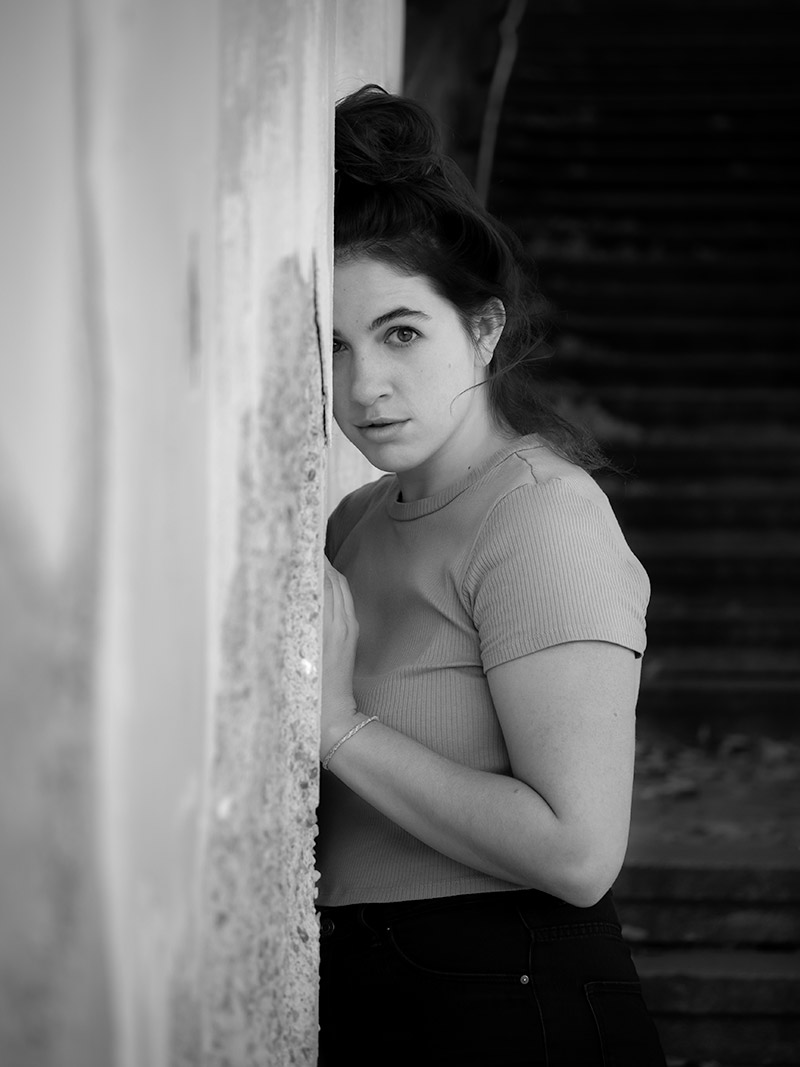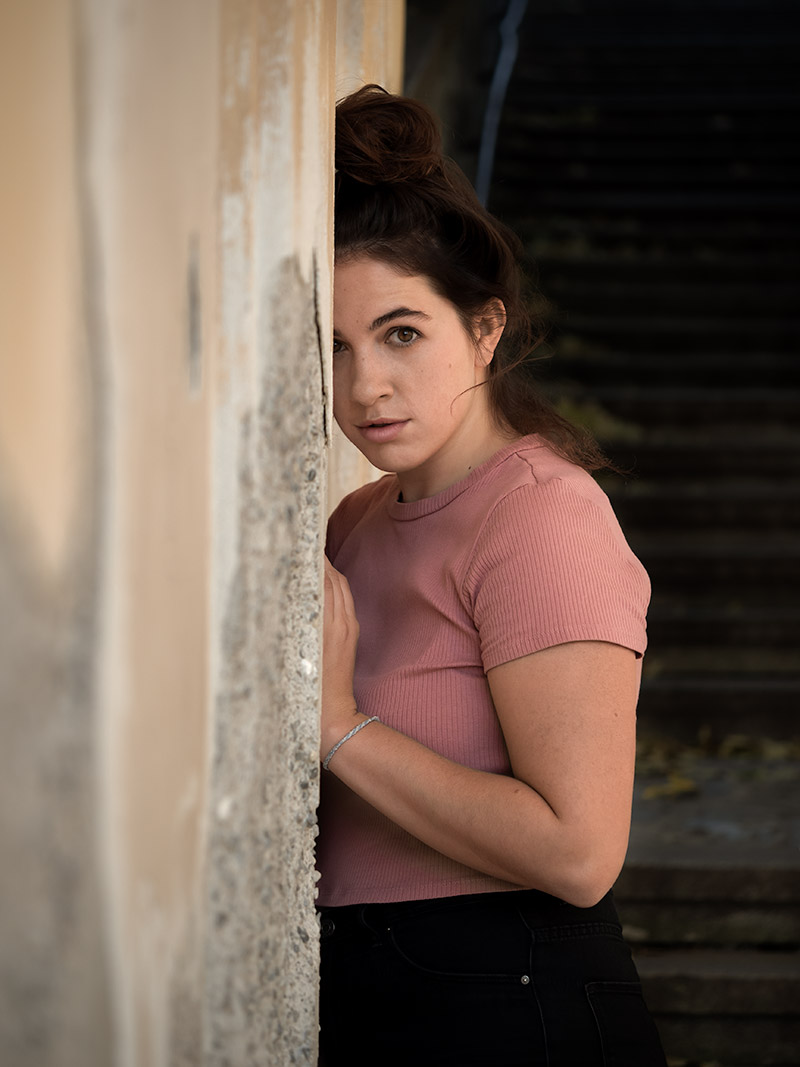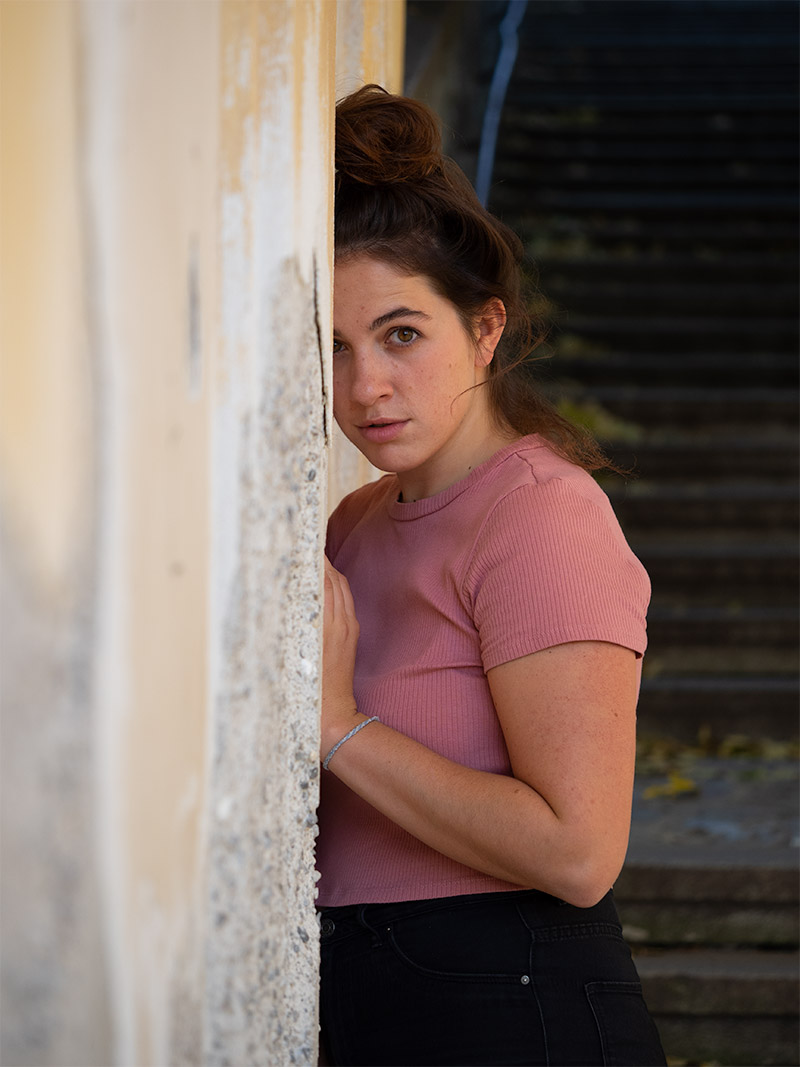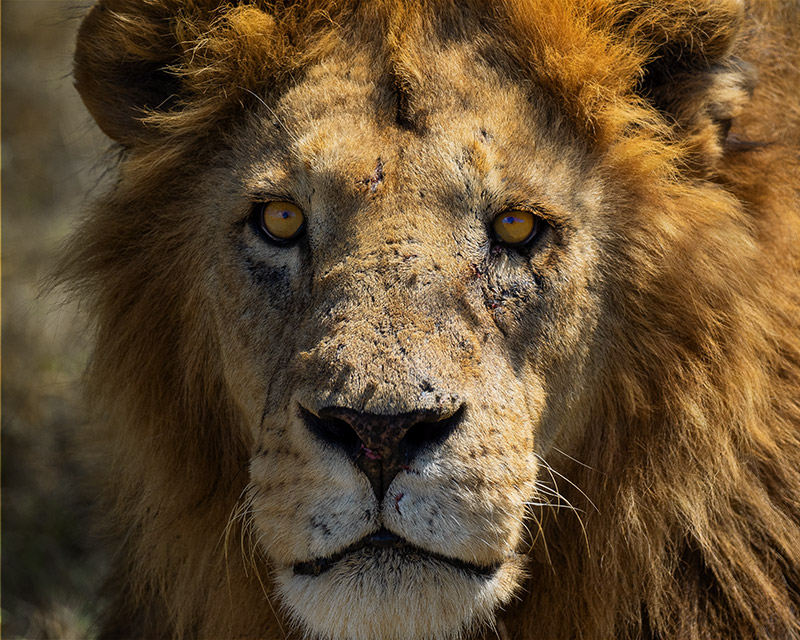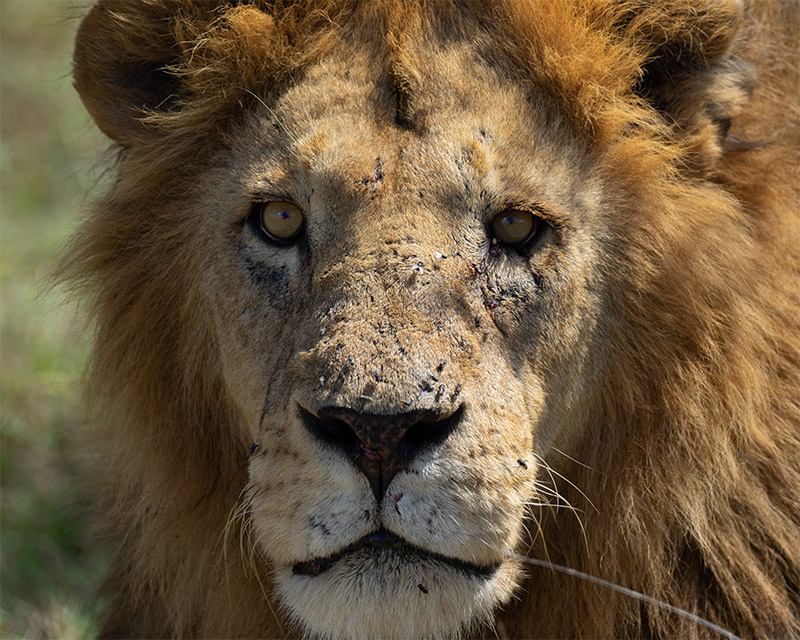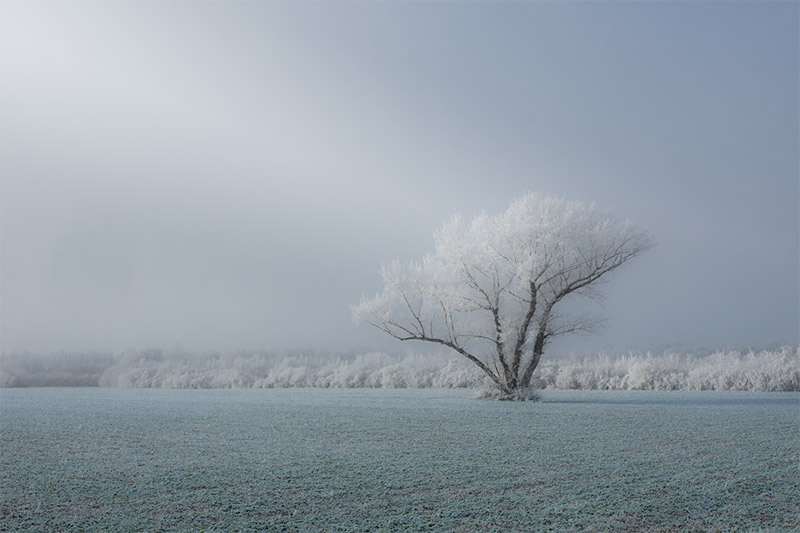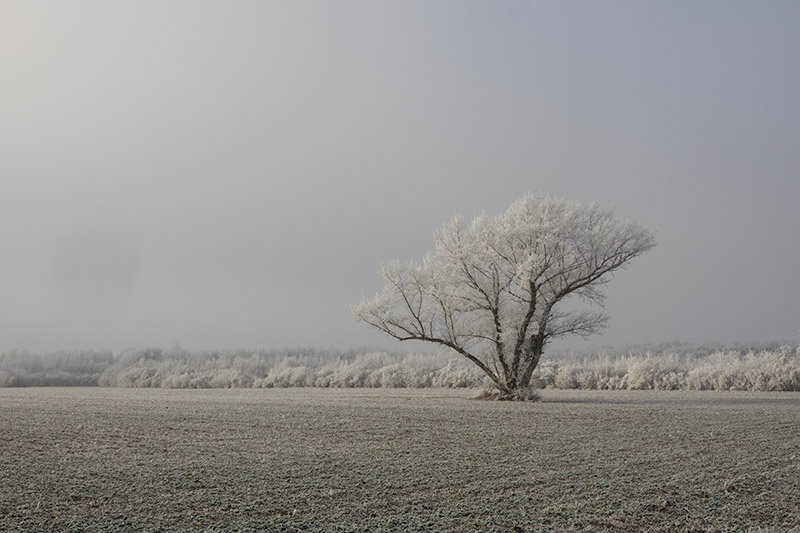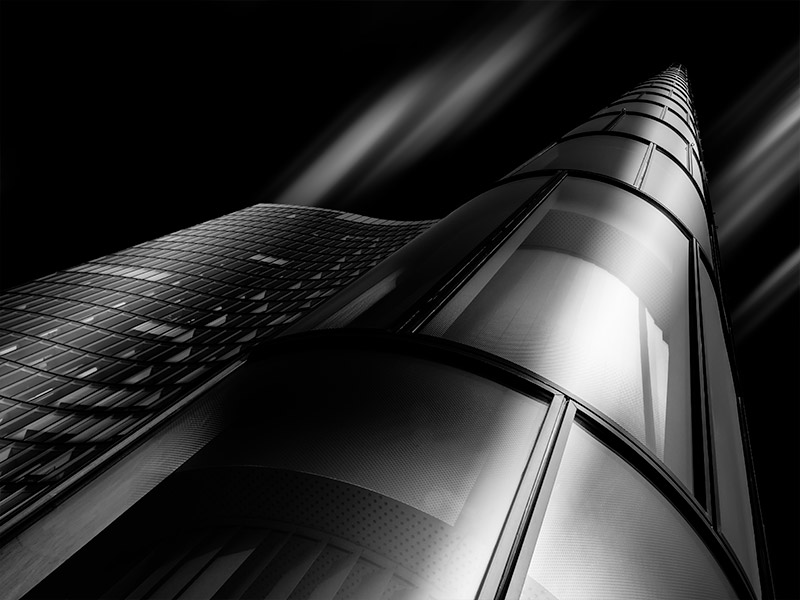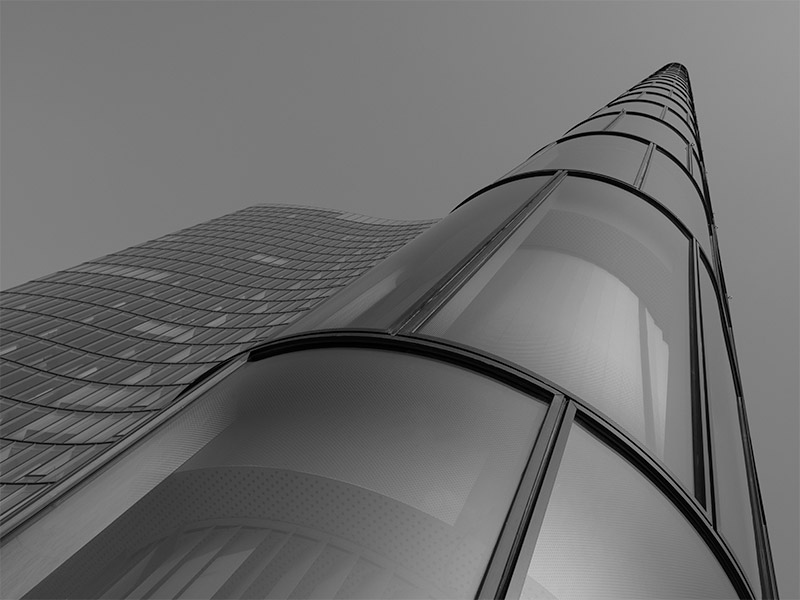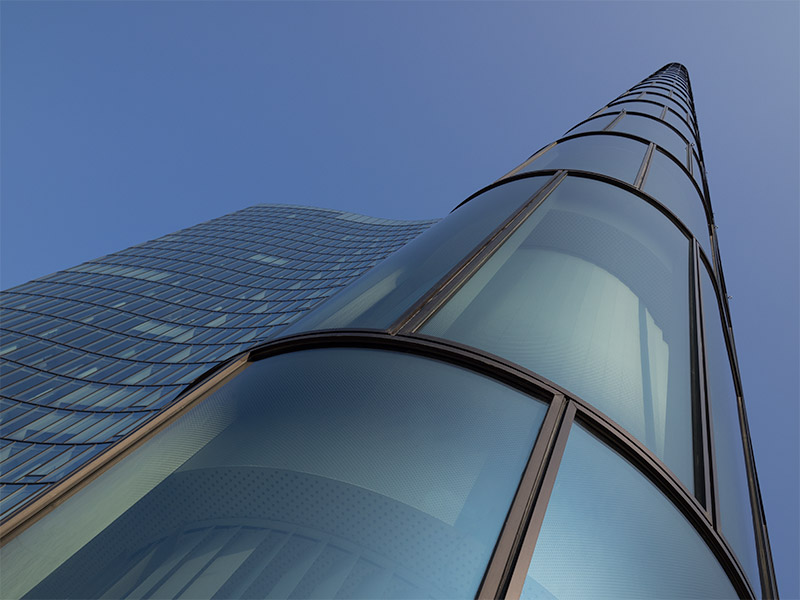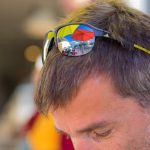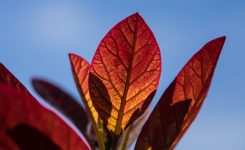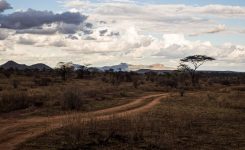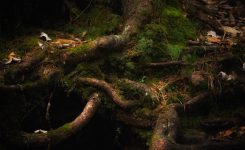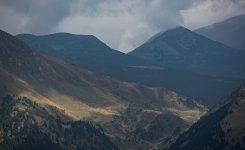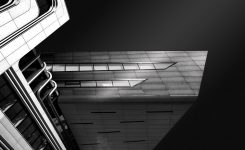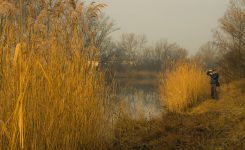Allgemein, Architecture, Blog, Landscape, People, Portrait
How much post-processing
Why post-processing?
First of all: Yes, I do post-processing and I love it.
Every digital camera already is processing the pictures you take. I even would state that also in analogue photography some (post-)processing always is done, it’s rather more difficult to control, especially when not doing developing the film on your own.
In the digital world, with post-processing I can influence this process and achieve the result I want to see or at least like I have have felt as I took the shot. I do not have the „one way“ how I develop and process my pictures. It always depends on subject, type of photography and of course emotion, either as I took the picture or the feeling I have on a picture when I’m sitting in front of my computer.
Portraits and People
For portraits I try to preserve a natural look. It’s not that I do not like pictures where a lot of beauty-retouch and other magic was done. Some photographers do a very good job in that field and I love their images a lot. To be honest, I do not have the necessary Photoshop skills for achieving the desired results.
Therefore, I concentrate on small changes, like removing blemishes, do careful skin retouching and some dodge and burn. In fact, the final result should not look overprocessed or unnaturally. Especially, if the skin structure is lost completely, a good picture, even when done everything else right with framing and light, is ruined.
Wildlife and Landscape
In wildlife or landscape photography, I normally do only basic tasks like correcting exposure, lights and darks, do some color adjustments and of course details like noise reduction and some sharpening.
In rare cases, like seen below, I also remove disturbing objects (like the flies in the lion’s face) and invest some time in additional dodge and burn to let the subject pop.
In the next picture, a wonderful tree near our home, I invested more work as usual in post-processing. The result is – hopefully recognizable as – „Fine Art Landscape Photography“.
Architecture
When it comes to architecture, I mostly do post-processing in the direction of „Fine Art Architectural Photography“. That style complements modern architecture in a wonderful way. Techniques used here are black and white conversion, retouching, adding additional lights and shadows or even creating sky and clouds.
Post-processing is a way to improve pictures, let your subjects shine and to express feelings. It’s not possible to turn a bad photo into a outstanding or even good picture in post. So yes, just do it!

